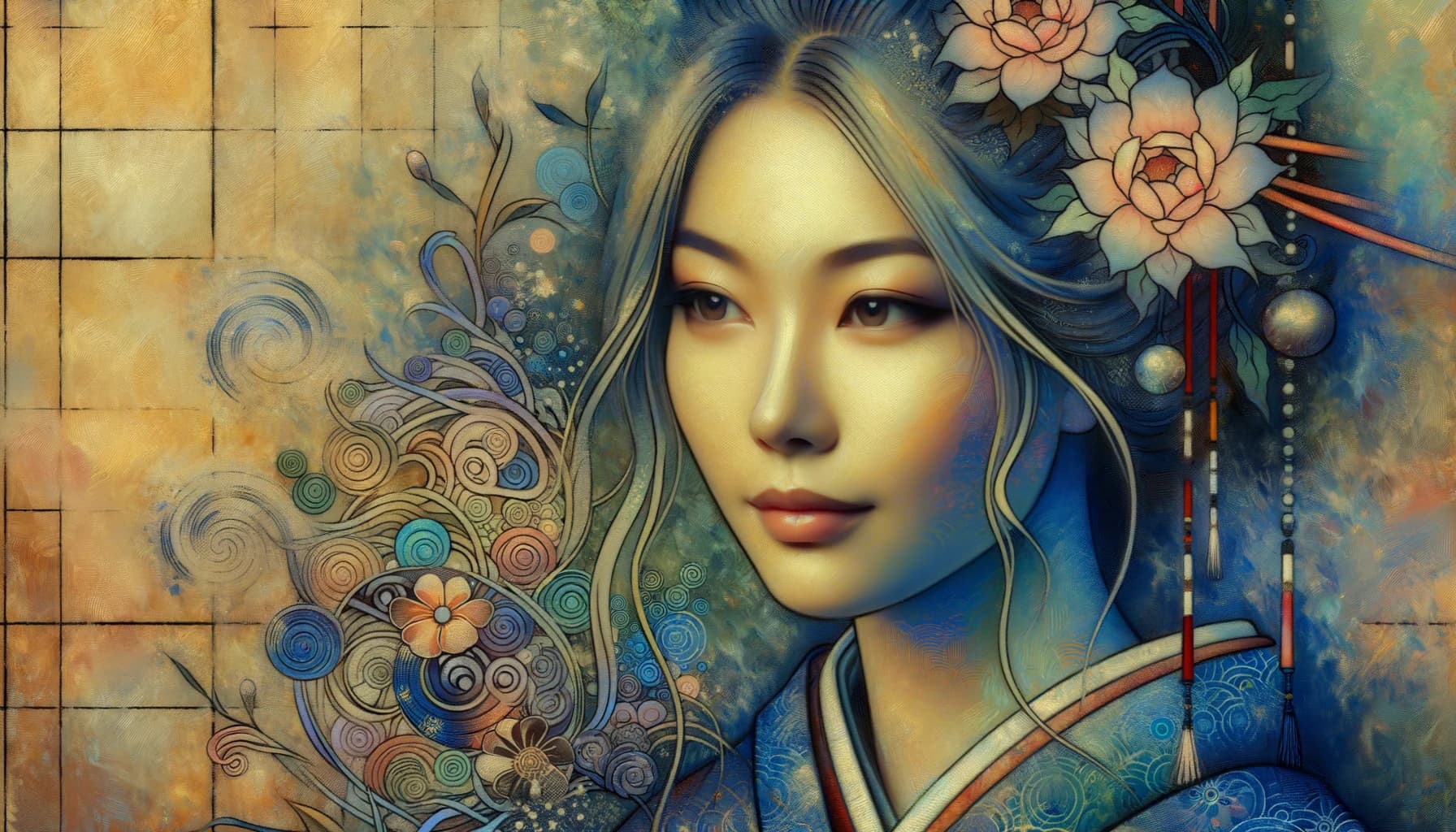Note
舞う primarily means to flutter, to swirl, or to dance in a graceful, often floating manner.
It conveys a sense of elegance, lightness, and sometimes a more traditional or poetic quality. It is frequently used in the context of nature, such as leaves fluttering in the wind, snowflakes falling gently, or birds dancing in the air.
When referring to human dancing, 舞う often implies a more traditional or ritualistic dance, such as those found in classical Japanese arts like Noh or Kabuki.
Breakdown of mau
dance
舞
You just want to dance, nothing but dancing.
Usages of mau
桜 の 葉 が 風 で 舞って います。sakura no ha ga kaze de matte imasu.
The cherry leaves are dancing in the wind.
彼女 は ステージ で 美しく 舞いました。kanozyo ha suteezi de utukusiku maimasita.
She danced beautifully on stage. (a traditional dance)
Elon.io is an online learning platform
We have hundreds of Japanese lessons and thousands of exercises.
